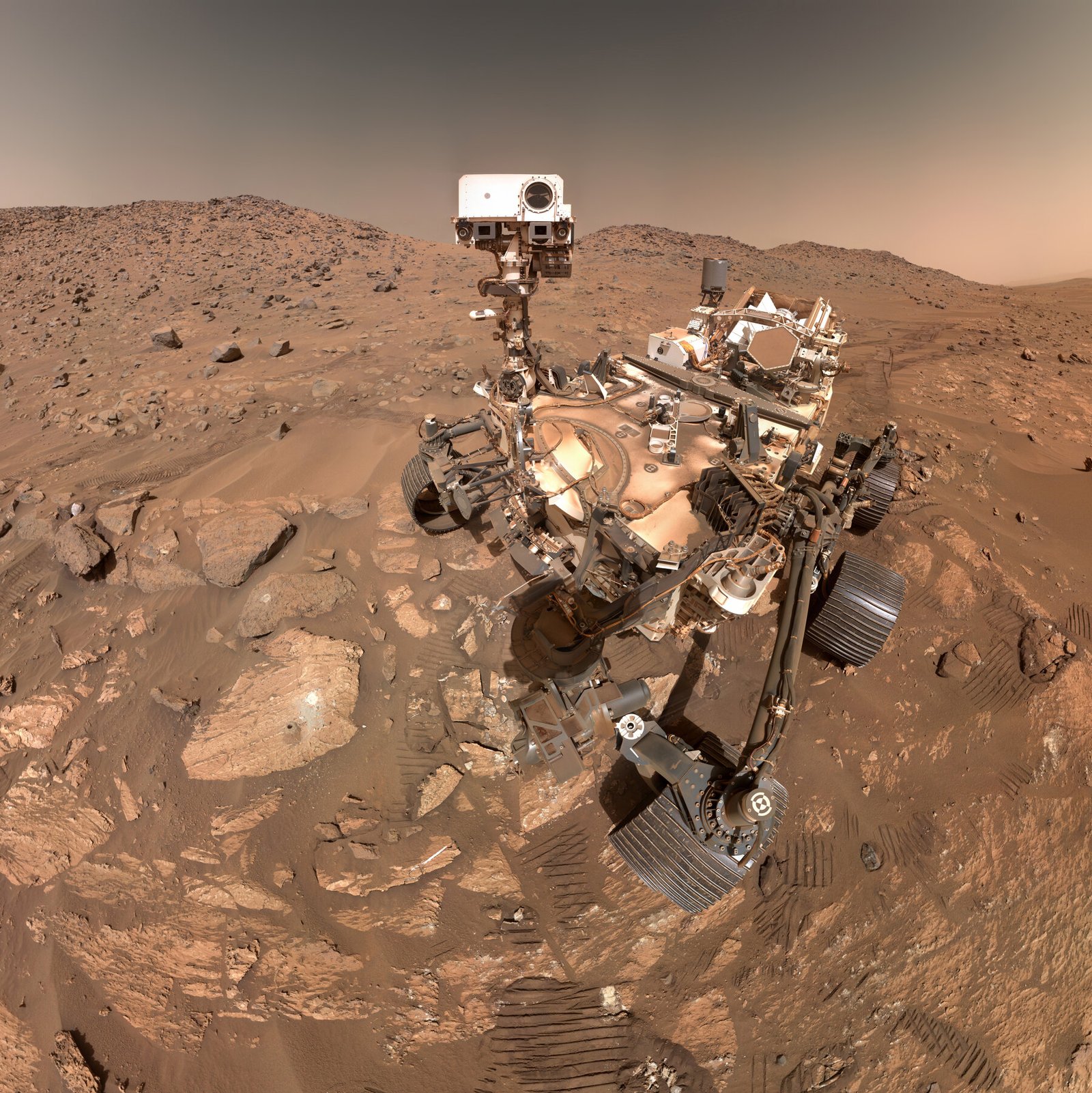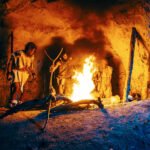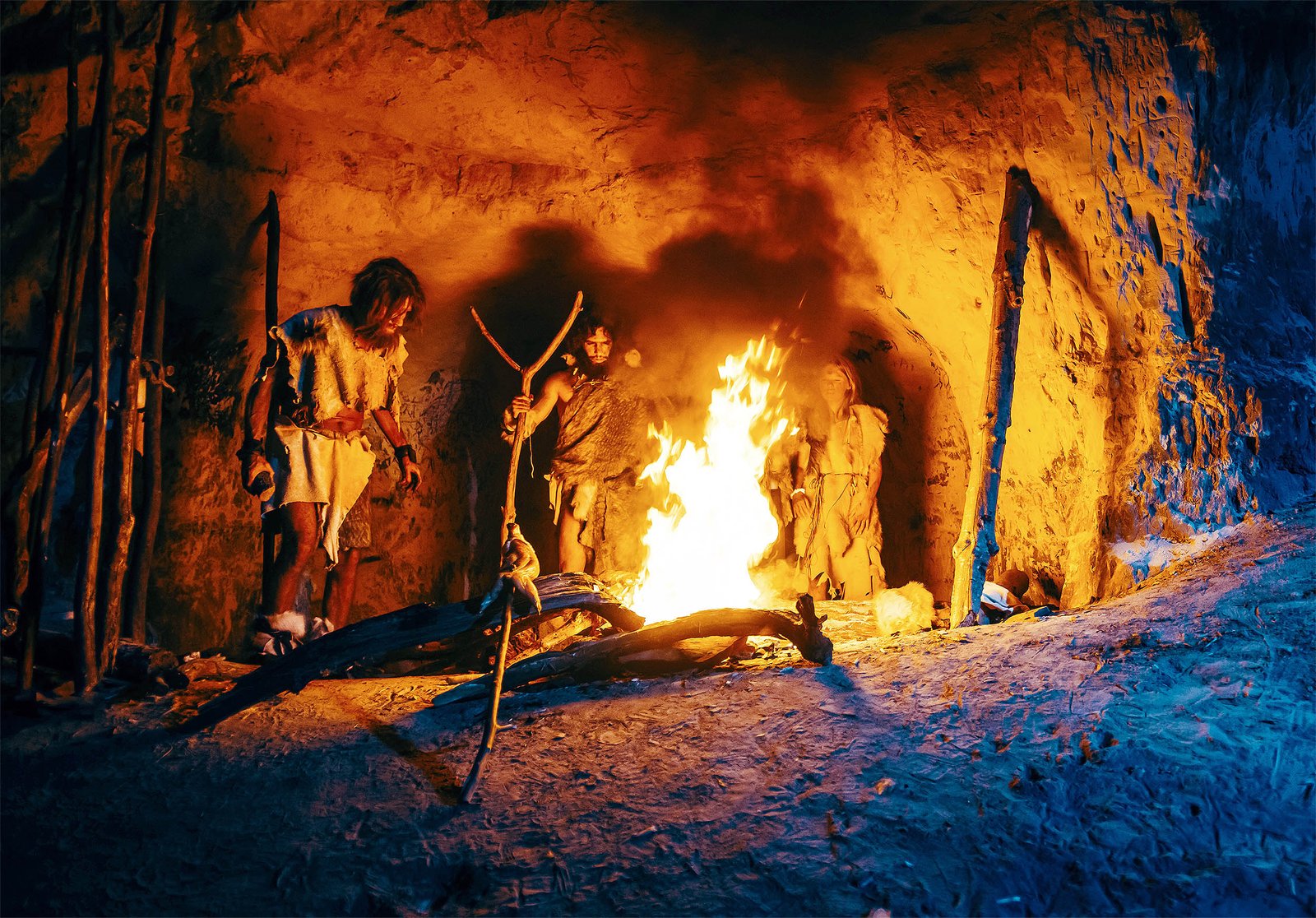NASA’s Perseverance rover is investigating the rocky outcrops of Jezero Crater on the Martian rim. Five rocks have been cored by the expedition, seven have been analyzed up close, and 83 have been examined remotely using a laser. With tons of broken, once-molten rocks and formerly underground boulders contrasted with well-preserved stratified rocks, the variety of rocks discovered has surpassed expectations. “Silver Mountain,” the first crater-rim rock sample, was taken from “Shallow Bay,” which most likely originated during the earliest geological epoch of Mars, some 3.9 billion years ago.
Perseverance Rover Unearths Clues to Mars’ Watery Past in Jezero Crater Rocks
The team discovered an outcrop of igneous materials that had been formed from lava deep within the Martian crust. NASA’s Mars Sample Return Program collects encapsulated samples from Mars for in-depth analysis in collaboration with ESA.
As it investigates rock formations that might hold clues to the planet’s geological past, NASA’s Perseverance rover is gathering data on Mars. Right now, the rover is traveling through an area close to the edge of Jezero Crater, a basin north of the Martian equator that is thought to have once been home to a lake. It has been examining Witch Hazel Hill’s stratified landscape since arriving at the western edge of the crater in December, which could provide insight into the Martian environment in the past.
Over the last two months, the car-sized Perseverance has blasted 83 more rocks with its laser for remote study, collected samples from five more, and thoroughly analyzed seven more.
Perseverance Finds Ancient Rocks at Jezero Crater Rim, Boosting Search for Life on Mars
Broken igneous rocks that may have come from far below the Martian surface and were probably ejected by meteor impacts can be found on the western rim of Jezero Crater. The impact that created the crater itself might be one of these. Silver Mountain, Perseverance’s first rim sample, is thought to be at least 3.9 billion years old, possibly from the Noachian era.
The rover discovered a boulder full of serpentine minerals nearby. According to researchers, under some circumstances, such material might create hydrogen, which is thought to be a potential source of energy for microorganisms. The next sample location along the crater rim is being determined by the mission team using recent data.















